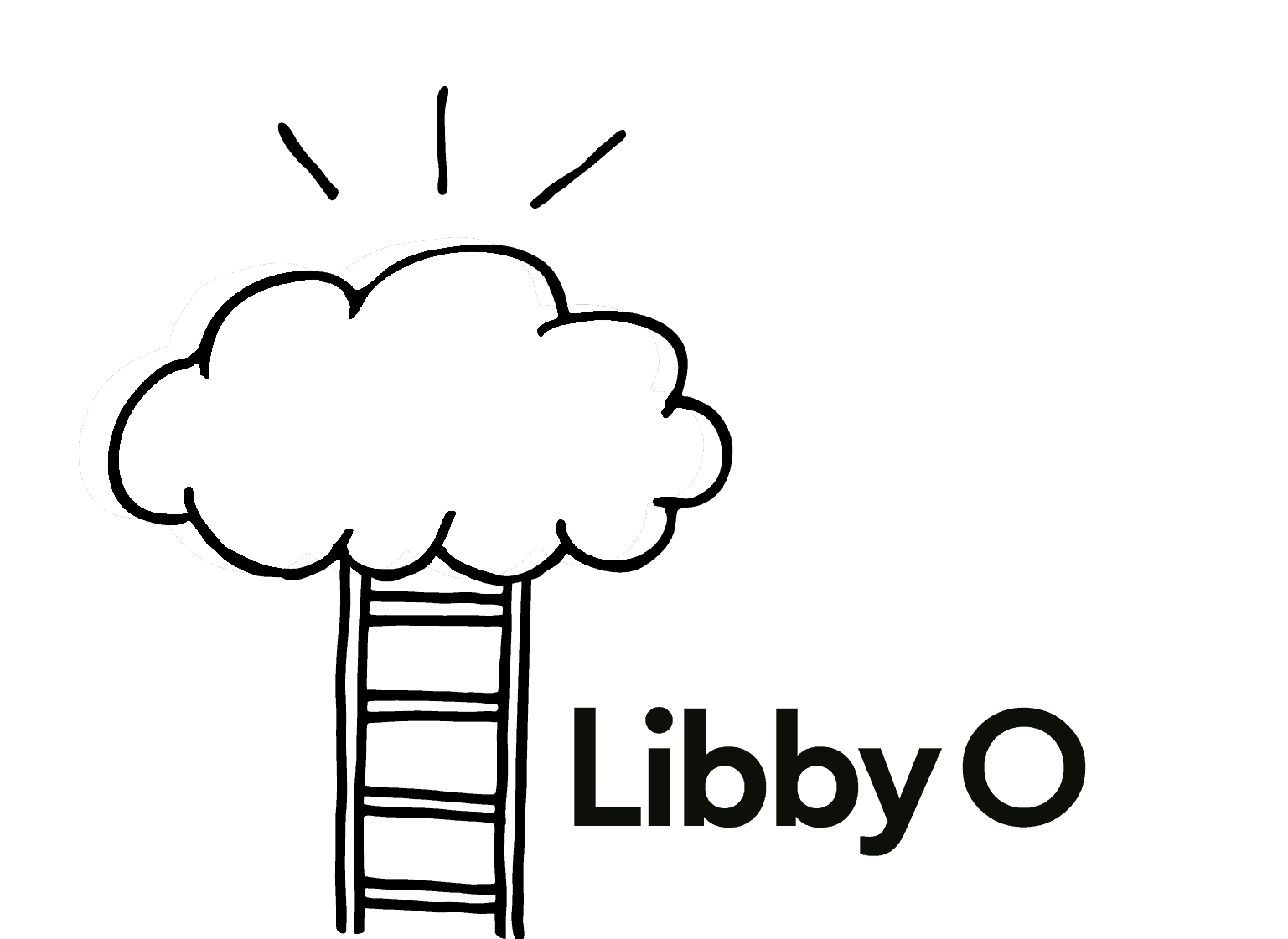Can’t get staff on board with change? Maybe you belong to the 63% of people who think everyone loves change!
When asked if they think staff embrace change, 63% of CEOs said ‘yes’ according to an article published in the Harvard Business Review. When asked the same question, 45% of front line staff said ‘yes’.
Picture your org chart – which end is more densely populated? It’s a triangle, right?
So, it’s not the skinny end you need to be working with when change is in the wind. It’s the mob who said they thought most people preferred the status quo; the front-line staff!
At some stage in our lives, whether personally or professionally, change will invoke uncertainty and fear in all of us to a greater or lesser degree. No-one is immune, it’s just the circumstances that will determine the severity. Therefore, it’s important that we connect with the fact that not everyone will be on board when you change from red widgets to blue ones.
Practice awareness and empathy and employ these four concepts in bucket loads as there’s something here for everyone:
#1 What
- Transparency wins friends:
- Be explicit about what it is that’s about to change
- Use jargon so that you are schooling your audience in the language of the new widget, however:
- Make sure you add definitions in plain English and/or what the new widget does e.g. it’s a document management system that stores all of the documents that are important to the organisation
- Keep it simple:
- Detail without context, or the opportunity for people to ask questions stands a high chance of generating confusion. People disengage when they are confused as it generates fear e.g. I’m not going to be able to understand this
- Tackle one change at a time:
- Your new widgets may bring change in other areas of your operation, compartmentalize your communication
#2 Why
- “Please empty the dishwasher because we are having dinner guests tonight”, is vastly different to saying “empty the dishwasher please”:
- Get people on board by giving them reasons for the new widget
- Talk about the benefits, not the features:
- What’s it in for them, how will the new widget make their lives better/easier/faster/more efficient
- Make bureaucracy the last reason why people should get on board:
- Most staff don’t care that the Government is insisting on the new widgets, they only want to know how it will benefit and affect them
- Carefully select the staff member who will make the announcement about the new widgets:
- Find someone with the right tone, someone who will inspire and who most staff know and respect
#3 How
- Talk in high level terms about how the change will happen:
- Avoid detail as it will cause confusion, doubt and disconnection, just the big milestones that affect the masses, the rest will take care of itself
- Talk about how service or operations will be interrupted:
- Talk about your contingency plan in vague terms, don’t spell it out as without the opportunity to unpack it, staff will be left with more questions than answers
#4 Who
- Talk about who will be affected:
- Be explicit, if not mentioning names then talk about positions and be honest
- Talk about who will manage the change
Whilst the ‘why’ is vitally important in this process, those who carry the messenger are the linchpin.
Where possible, find a variety of champions as not everyone will relate to just one or two people. The more champions you have, the more opportunity people have to access information, the more comfortable they will be. Above all, make sure your champions are well trained and confident. Confidence is infectious!
Scale this process down and try it at home.

